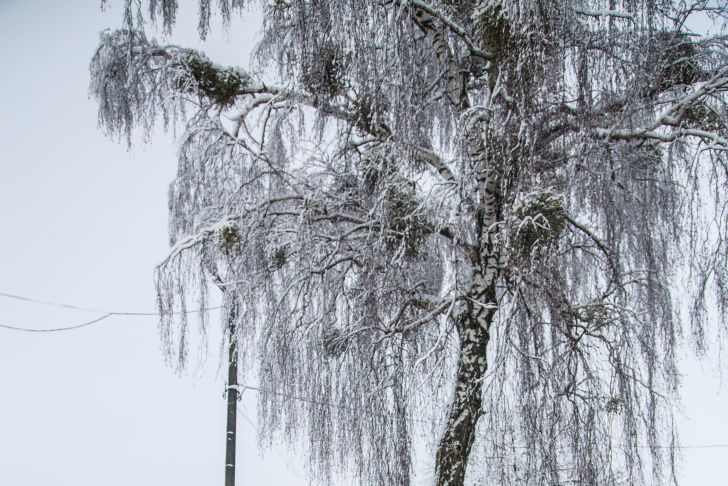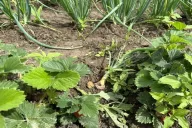The contents of cesspools, septic tanks and other wells must be pumped out, which entails some financial costs.
Some summer residents solve this problem differently - simply by digging a new hole. But there is a more clever method, which is called biodrainage.
The name is complicated, but there is nothing complicated in organizing this process.
You can drain such structures with the help of trees. In the same way, you can solve the problem of flooding of the site with melt water in the spring.
It is advisable to plant deciduous tree species that consume a lot of moisture and also actively evaporate it into the atmosphere.

Which trees to choose
You can't count on a colossal result right away. The volume of absorbed moisture depends primarily on the age of the tree, and then on the species.
Five- or eight-year-old birch, maple and even pine trees can evaporate up to 120-170 liters of moisture in a day.
But these trees will need to be planted in close proximity to the well.
There are also species that are capable of draining the soil within a radius of 10 meters from the trunk.
So, in addition to birch, maple and pine, you can plant bird cherry, poplar, maple and willow near the cesspool. These trees can evaporate up to 250 liters of moisture per day.
Oak, hornbeam, ash and spruce up to 300 liters.








